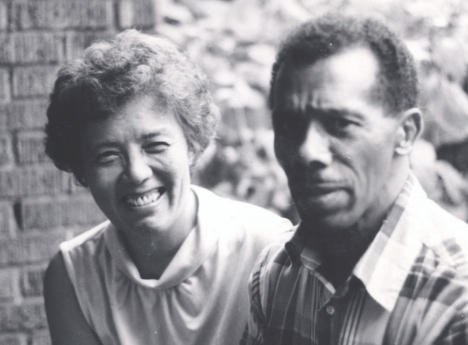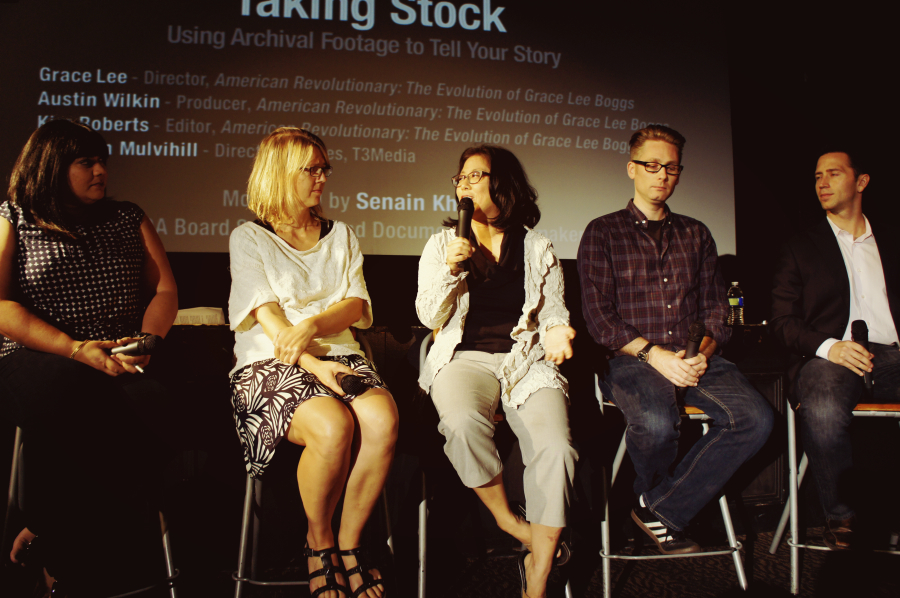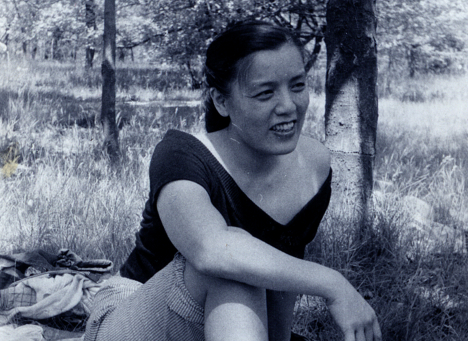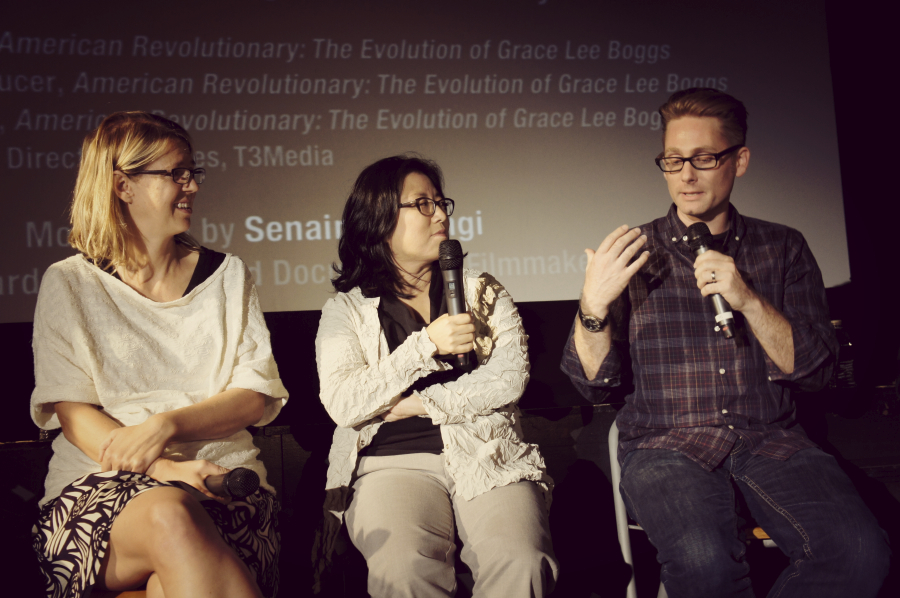It might not be until after you’re done in the field and have wrapped your interviews that you realize you’ll need some extra footage you just can’t capture yourself. Want shots of a bustling street in downtown Detroit during the 1950s? Need some footage of women playing golf in college in the 1930s? With a little digging, odds are that you can find someone who has already shot those images.
So off we go to the archives! But where to start? And how to find the right archive for your project? With resources available everywhere from university libraries to small town basements, finding those images might not be as easy as you had hoped. But with a lot of preparation and the willingness to get a little dirty, you’ll start unearthing gems you never dreamed might be available.
The panelists at our recent event Doc U: Taking Stock - Using Archival Footage to Tell Your Story, including the filmmakers from American Revolutionary: The Evolution of Grace Lee Boggs and a representative from T3Media, weighed in with 6 things to keep in mind when working with archives.

1. Start communicating with the archives early on.
"It's important to engage as early as possible," says Brendon Mulvihill, Director of Sales at the footage licensing firm T3Media. And he should know—he’s responsible for the resources at one of the nation’s largest holdings of sports, news, and creative footage. American Revolutionary producer Austin Wilkins got in touch with the guys at T3Media as soon as he and his team had a storyline mapped out.
"I didn’t think about it as an archival film," American Revolutionary director Grace Lee told the audience. "The film is really about Grace Lee Boggs' philosophical journey. One of the bigger challenges was, how do you tell a story about someone for whom there is no footage?"
"We started working with Austin pretty early on," Brendon recalls. He and his team at T3Media knew that it would be their job to help provide additional footage outside of what the filmmakers had captured in the field. That early engagement eventually lead to the polished, cohesive final project: the film would go on to win the Audience Award at the Los Angeles Film Festival and Best of the Fest at AFI Docs this summer.

2. Have a "wish list."
Panel moderator Senain Kheshgi, herself a filmmaker credited with the documentaries Project Kashmir and The First Year, prompted the filmmakers to explain their initial conversation with T3Media. Austin professed that they "had a wish list of images" they brought to the company and other archives nationwide on the off-chance that someone had what they were looking for. Luckily T3Media had worked on several Detroit-based documentaries already, making it possible for them to provide tons of B-roll for American Revolutionary, a film based primarily in Michigan's major city.
3. Become friends with the libraries and archivists.
As Austin joked during the panel, "not too many archivists go into it for the money." Most historians and librarians do it because they love the work, and love being posed a challenge. Starting to communicate with them early on and presenting them with lists of desires will help to start a relationship based on respect, trust, and cooperation. Stressed out researchers on a severe time-constraint might not have the time nor the patience to seek out that visual gem that might help with a major plot point.
"It's their job to help you find the things that you need," Grace stated. "It's all about figuring out a way to make that relationship work."

4. Be organized.
An organized editor is a productive editor. With American Revolutionary and every other film she's worked on, editor Kim Roberts gets super detailed when it comes to cataloging her footage. During the panel she got down to the nitty gritty of how she organizes, especially when there is a massive amount of second-hand material. First, she recommends that you create a shorthand for the archive from where your footage originated.
"Come up with a really consistent naming strategy," Kim recommended. On large productions, one might find themselves working with several assistant editors and even a number of interns, all of whom need to understand exactly what’s within a file without wasting time by opening it. Using numbers to order the footage and useful descriptions that can be understood by a number of people will help guarantee a smooth post-production process.
"If you are using A TON of archival," Kim continued, "keywords become really important. On this project, I think it was organized by decade."
5. Back it up.
So how does one store all of this footage? Keep it on another drive? And should it always be at the ready?
Austin explained that "even on a low budget, we had a bunch of drives. There were at least one or two backups of everything." We all know the nightmare of a failed hard drive. This one is simple: prevent headaches by always backing up.

6. Don’t bring in your editor until they have something to work with.
So you've begun the process of acquiring the majority of your footage, both primary and archival. When is it best for an editor to come on board with a project like this?
"When Kim started there was still a lot of shooting going on," Grace admitted. "It's best when the editor starts when you are still shooting," thus acclimating them to the tone, style, and voice of the project.
"Sometimes, [an assistant] will go ahead of time," Kim added, "who will have logged a bunch and will know how to organize. You don't want to bring your editor in until they can start moving."
-----
This seminar and other Doc U programs are available online to IDA Members. Learn more about Doc U Online.
Have more tips on how to best work with archival footage? Post in the comments below!